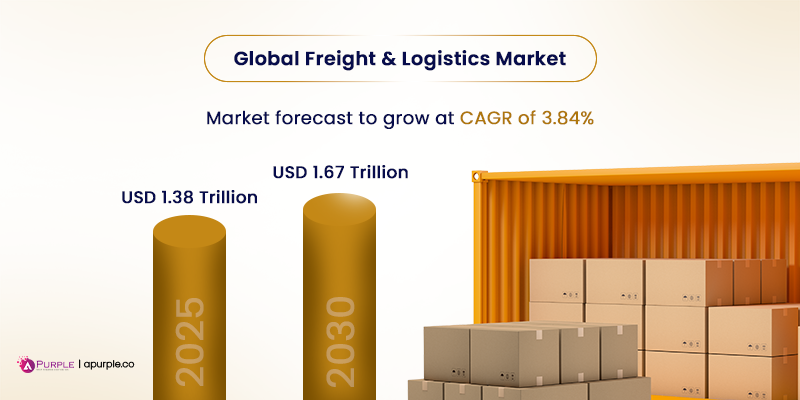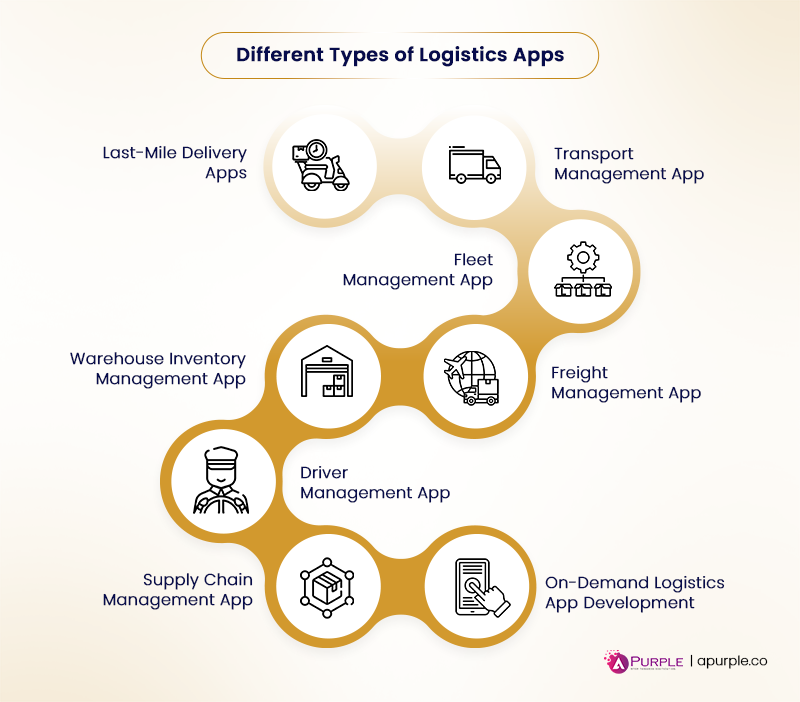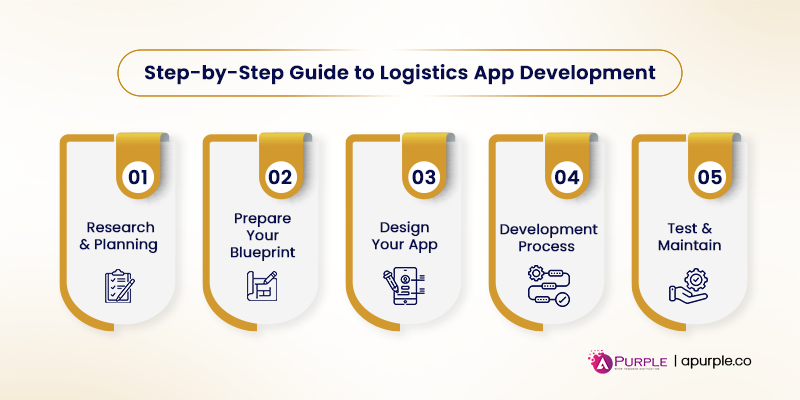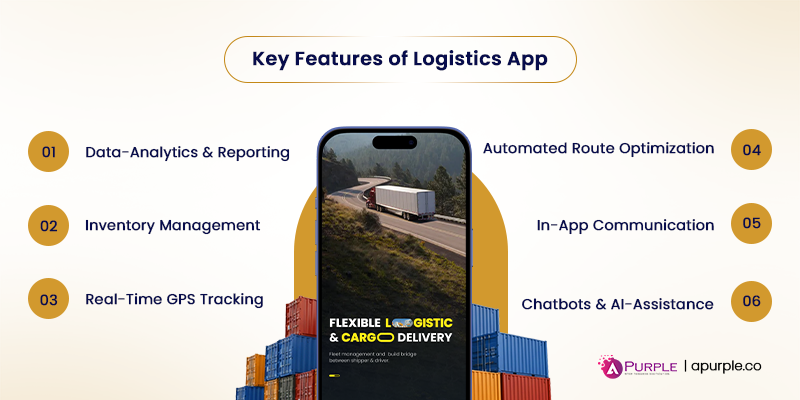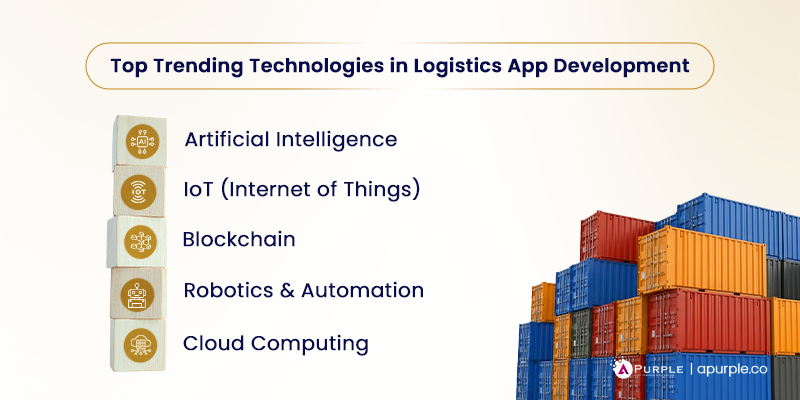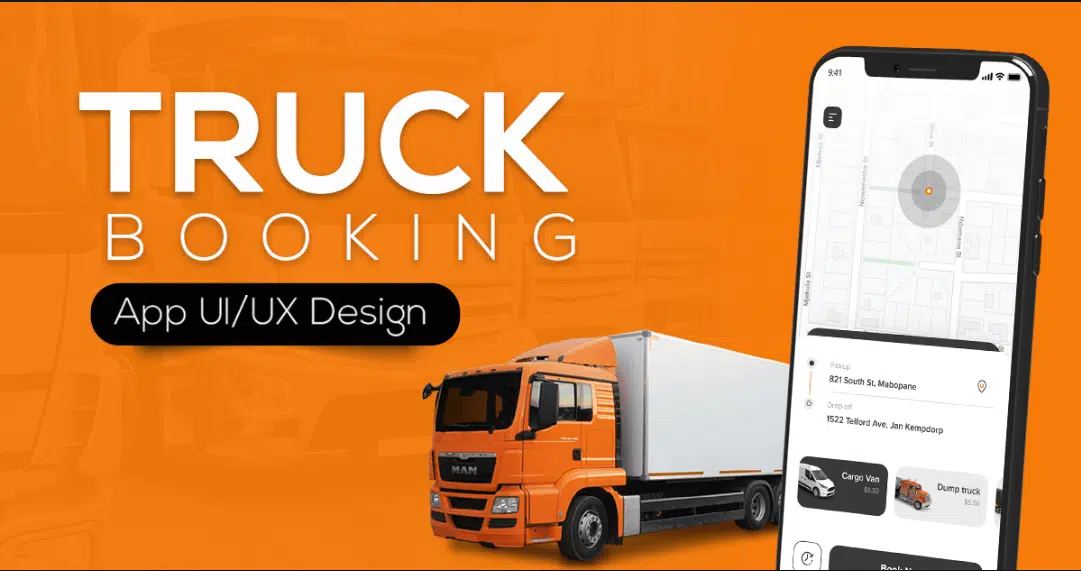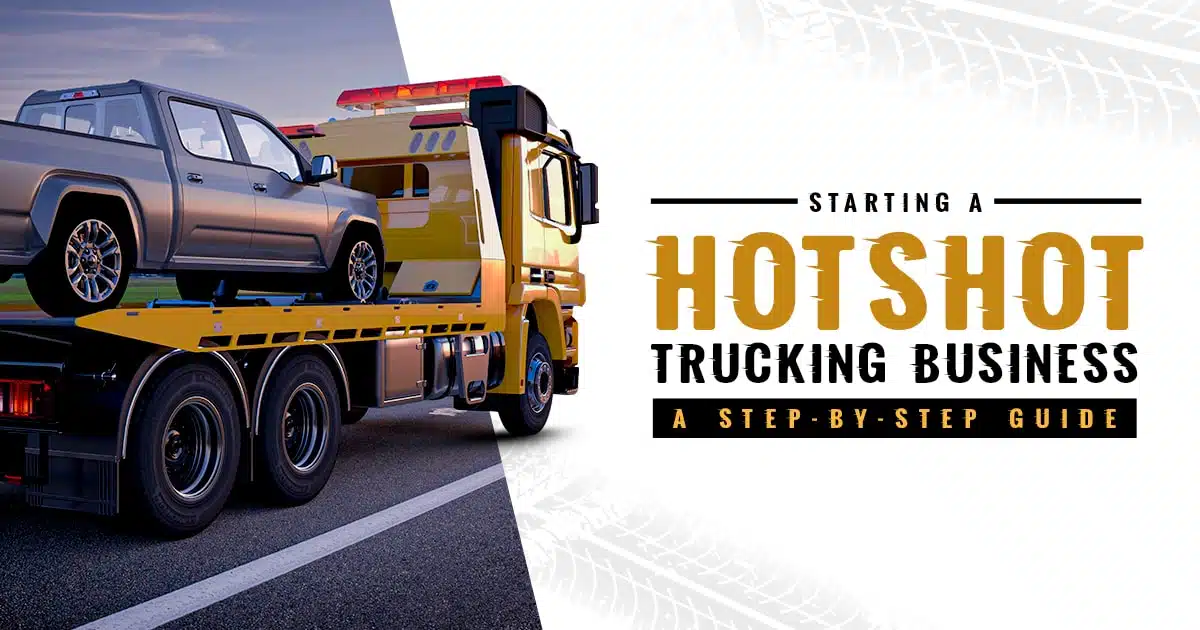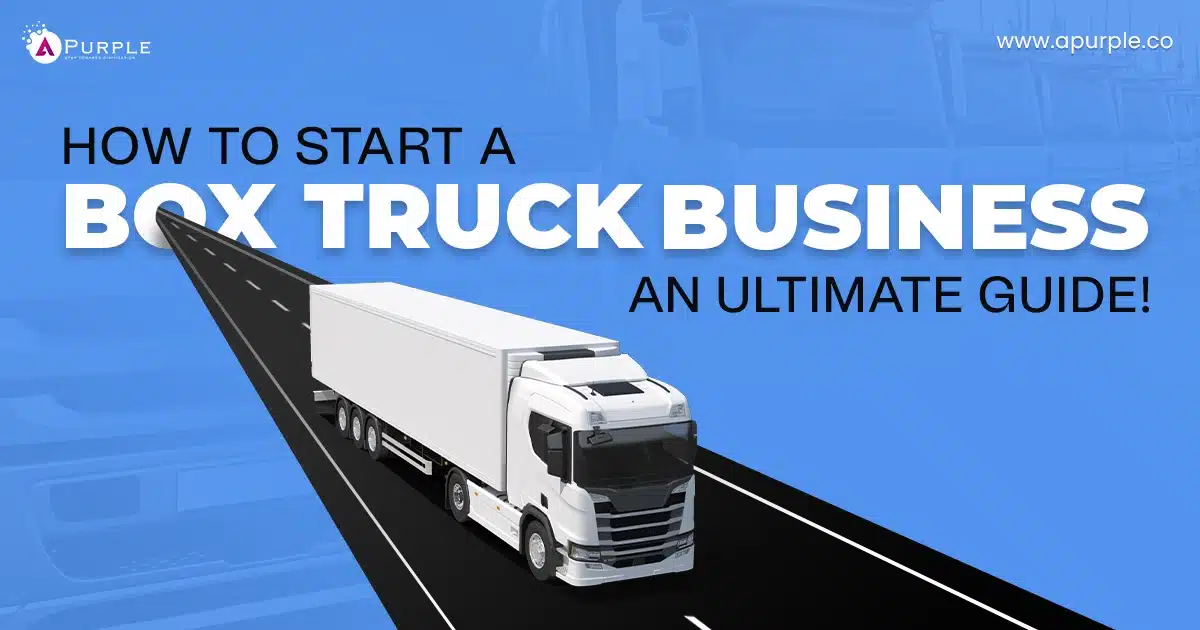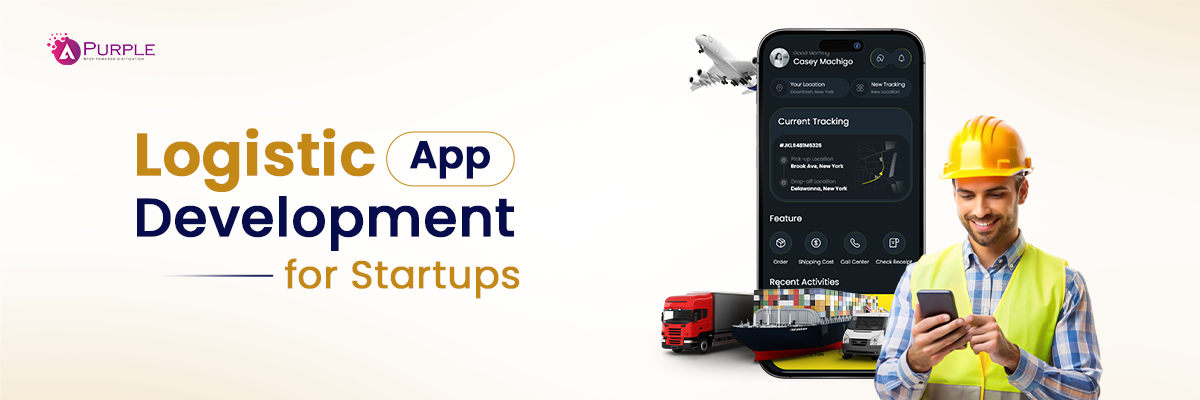
Managing logistics usually comes with challenges like shipment delays, high operational costs, a gap in real-time tracking, and limited visibility throughout the supply chain. These problems slow down operations and affect customer satisfaction and business growth.
Especially if you’re a new startup, all of the above could become a huge concern for you. Often, such concerns, when left unaddressed for far too long, lead to the business shutting down due to a lack of customer retention and customer acquisition.
Traditional systems can’t keep up, which pushes companies to look for smarter, scalable solutions. This is where logistics app development makes a real impact. By digitizing and automating workflows, businesses gain real-time shipment tracking, optimized delivery routes, and reduced expenses.
The result is smoother coordination, faster deliveries, and greater flexibility. Choosing to develop a mobile app tailored to logistics needs is not just about keeping updated with technology, it’s about building a base for long-term growth and competitiveness in an evolving market.
If you’re looking to solve all the concerns with logistics app development but don’t know where to start, you’re in the right place. By the end of this blog, you will be able to get all the information you need to develop your app.
What is Logistics App Development?
Logistics app development is the process of developing mobile or web applications to manage and streamline supply chain and transportation operations. These digital platforms provide real-time tracking, fleet management, route optimization, automated scheduling, and streamlined communication between all parties involved in the logistics chain.
This app aims to increase efficiency, reduce costs, and improve your business presence in the respective sectors.
Market Statistics Regarding the Logistics Industry
- The US logistics industry is expected to reach USD 1.67 trillion by 2030 with a CAGR of 3.84%.
- The global logistics and freight market is set to reach $18.69 billion in revenue with a CAGR of 4.4% by 2026.
- Logistics costs account for 25-45% of the total business expenses.
What are the Different Types of Logistics Apps?
Here are the most common types of logistics apps used in different businesses:
1. Last-Mile Delivery Apps
Last-mile delivery apps ensure the smooth movement of goods from distribution hubs to customers’ doorsteps. With optimized routing, ePOD (electronic proof of delivery), and real-time tracking, these apps reduce delays and improve customer satisfaction.
Features
- Route optimization
- Live GPS tracking
- Customer communication and notifications
- Automated dispatch management
Cost
- USD 11,000 to USD 20,000+ (depending upon the features and integrations)
Most Popular Apps
2. Transportation Management App
If you start a transportation business, this app enables you to optimize the planning, management, and execution of shipping operations. These solutions improve shipping operations, lower costs, and increase carrier visibility.
Features
- Carrier and load optimization
- Route planning & scheduling
- Freight cost management
- Compliance & document management
Cost
- USD 9,000 to USD 15,000+ (depending upon the features and integrations)
Most Popular Apps
- Oracle Transportation Management
- SAP Transportation Management
- MercuryGate
3. Fleet Management App
These applications allow logistics companies to manage and optimize cargo movements across the supply chain.
Features
- Real-time vehicle tracking
- Fuel monitoring
- Driver behavior monitoring
- Vehicle maintenance reminders
Cost
- USD 15,000 to USD 35,000+ (depending upon the features and integrations)
Most Popular Apps
4. Freight Management App
These apps help businesses handle multi-modal transport, manage shipments, and streamline documentation for global operations.
Features
- Freight scheduling & dispatch
- Real-time shipment tracking
- Automated invoicing & billing
- Customs & compliance support
Cost
- USD 12,000 to USD 25,000+ (depending upon the features and integrations)
Most Popular Apps
- Convoy
- Cargomatic
- Flexport
5. Warehouse Inventory Management App
These applications enhance the visibility of logistics and warehousing businesses by offering real-time tracking of orders and inventories. This reduces human error and updates real-time information.
Features
- Real-time inventory tracking
- Barcode scanning
- Automated order processing
- Stocks alerts
Cost
- USD 15,000 to USD 30,000+ (depending upon the features and integrations)
Most Popular Apps
- NetSuite WMS
- Fishbowl
- Zoho Inventory
6. On-Demand Logistics App Development
If you are into on-demand businesses, you should connect with transportation services for specific requirements. They are a platform where transportation services fulfill the needs of different companies in real-time.
Take an example of a trucking business like Hot Shot, which offers on-demand transportation services. You can start a Hot Shot trucking business to deliver time-sensitive loads for agricultural purposes.
Features
- Instant booking & scheduling
- Real-time driver tracking
- Digital payments & invoicing
- Push notifications & alerts
Cost
- USD 15,000 to USD 30,000+ (depending upon the type, features, and integrations)
Most Popular Apps
7. Supply Chain Management App
You can easily manage inventory and smooth daily operations using supply chain management applications. They can also help you find loopholes in the supply chain process and boost productivity.
Features
- Order & supplier management
- Demand forecasting & analytics
- End-to-end supply chain visibility
- Collaboration tools for suppliers & partners
Cost
- USD 12,000 to USD 20,000+ (depending upon the type, features, and integrations)
Most Popular Apps
- SAP SCM
- E2open
- Blue Yonder
8. Driver Management Apps
This mobile application fulfills the drivers’ requirements and maintains all the required information. Additionally, it offers driver profile management, goods monitoring, and location tracking.
Features
- Driver profiles & document management
- Trip history & route logs
- Performance tracking & analytics
- Real-time communication tools
Cost
- USD 10,000 to USD 25,000+ (depending upon the features and integrations)
Most Popular Apps
- KeepTruckin
- Track-POD
- LogiNext Driver
Now that you are familiar with the different types of logistics apps, it’s time to understand what are the benefits of developing a logistics app.
What are the Benefits of Developing a Logistics App?
Logistics app development offers many advantages, from efficient fleet management to better digitization of processes and reduced delivery times.
1. Efficient Warehousing
Logistics applications can help businesses track different warehousing activities and provide essential insights. Using these insights, logistics businesses can improve operational efficiency. For example, with customized features, you can better manage picking and retrieving specific products like glass and ceramics. They will also allow you to track damages, manage inventory, and reduce damaged goods.
Similarly, you can develop modules for each logistics operation and automate tasks by leveraging custom logistics app development services.
2. Managing the Fleet is Easy
Logistics applications can help you with a centralized dashboard for tracking and managing vehicle data.
This includes insights into vehicle performance, maintenance, fuel consumption, and downtime. Using this data, logistics companies can reduce their operational costs and improve uptime.
3. Reduced Paperwork
The paper trail is a significant headache for most logistics and supply chain businesses. Complex supply chains have paperwork and documentation at every stage, so to control operations completely, you must manage, store, and analyze several documents.
Logistics app development reduces the paperwork you need to run supply chain operations. Everything from order management to shipment tracking, storage, and proof of delivery is digitized.
4. Faster Deliveries
Several factors affect delivery delays, but the logistics app can help identify them and improve delivery speed.
It allows businesses to monitor each operation effectively, understand the roadblocks, and identify inefficiencies to rectify them. Faster deliveries reduce delays and costs that late goods delivery incurs.
5. Advanced Operational Capabilities
Integrating AI-based features can add advanced capabilities to logistics operations. An experienced logistics app development company can help you customize AI models and create modules that automate vital operations.
Further, you can integrate blockchain-based systems for your logistics operations to track each delivery with a tokenized approach.
How to Build a Logistics App: Step-by-Step Development Process
1. Plan Your Logistics App Development
Planning your logistics mobile app development is a crucial and urgent task. It’s like planning a trip. You can’t just sit in a car and keep driving, you need to have a plan for where to go, how to go, and how much it will cost.
Similarly, you need to plan which features to develop and how to develop them (development approaches), as well as define the logistics of the mobile app development cost. The planning stage also includes deciding the project’s scope, resource requirements, and estimated outcomes.
2. Get Your Wireframe Ready
The next critical stage of your logistics app development is a wireframe. It is a roadmap that offers a complete layout of processes, resources, and estimated timelines. While this is urgent and vital work, you can delegate some tasks to experts by partnering with a leading logistics app development company.
3. Design Your App
Designing your application is crucial, but delegation becomes inevitable because you can’t do everything yourself. So, hiring the best logistics app developers and designers to outsource design becomes essential. The designing phase involves,
- Creating the visual design elements of the app, such as colors, fonts, and graphics
App’s logo and icon - Wireframes and mockups are used to visualize the app’s user interface.
- Color schemes, typography, and visual hierarchy
- Prototypes, developed to simulate the user experience and test the app’s design
4. Develop A Logistics App
The development process involves creating the app’s business logic, code, and architecture. You can make a minimum viable product (MVP) and schedule tests to get instant feedback.
Integrate this feedback with each scheduled app iteration until you get the application your business needs. Delegating and scheduling can further enhance the logistics app development project.
Delegate development activities to an expert logistics app development company and schedule critical releases.
5. Test, Maintain, And Fine-tune!
Testing the app will be followed by deployment across platforms like Android and iOS. This will be a continuous process of testing, maintaining, and fine-tuning the app performance to optimize logistics operations.
And yes, you have cracked the logistics of mobile app development! But what about the key features? Below, we have shared the key features of logistics app development.
What are the Key Features of Logistics App Development?
To stay competitive, your business needs an app that is not just functional but also efficient and user-focused. The right features can streamline daily operations, improve customer trust, and maximize profitability. Below, we have outlined the must-have features of a logistics app.
1. Data Analytics & Reporting
Analytics tools enable businesses to track KPIs like delivery times, driver efficiency, and fuel usage. By identifying bottlenecks, companies can make informed decisions to enhance operations and reduce costs.
Expert Recommendation: With detailed analytics, you can turn daily operations into measurable insights. We recommend integrating customizable dashboards so businesses can quickly identify trends and implement solutions that boost efficiency.
2. Inventory Management
Inventory management provides logistics companies with real-time visibility of stock levels. It reduces the risk of stockouts or overstocking, ensuring smoother supply chain operations. With this feature, logistics businesses can act quickly and maintain service reliability.
Expert Recommendation: An app without inventory visibility can lead to costly mistakes. With real-time inventory tracking, you prevent disruptions and maintain consistent product availability. This is especially valuable for fast-moving businesses where every delay impacts revenue.
3. Real-Time GPS Tracking
Real-time GPS tracking allows businesses and customers to know exactly where the shipment is at any given moment. It enables dispatchers to monitor routes, predict delivery time, and handle unexpected delays.
Expert Recommendation: Real-time tracking is important for building trust. You create transparency and strengthen relationships by giving customers accurate ETAs and empowering dispatchers to act on delays instantly. We’ve seen businesses cut failed deliveries after implementing this feature.
4. Automated Route Optimization
Automated route optimization determines the best paths, reducing traffic time, to help the drivers. It utilizes real-time data on traffic, weather, and distance, minimizing fuel consumption, saving time, and improving delivery speed.
Expert Recommendation: Efficiency is everything in logistics. Route optimization not only saves costs but also keeps deliveries punctual. In our experience, businesses adopting this feature improved delivery speed, resulting in happier customers and leaner operations.
5. In-App Communication
In-app communication helps drivers, dispatchers, and customers stay connected. Features like in-app chat, push notifications, or voice integration ensure faster updates and smoother coordination.
Expert Recommendation: Clear communication is the backbone of logistics. By consolidating all updates in one place, you avoid delays caused by missed calls or scattered messages. This feature also adds professionalism by keeping everything under one platform.
6. Chatbots & AI-Assistance
AI-powered chatbots can handle customer queries 24/7, providing real-time updates and support. They reduce the workload of support teams and improve customer satisfaction by instantly resolving urgent requests.
Expert Recommendation: Today’s customers expect immediate answers. By adopting chatbots, you ensure round-the-clock service without increasing costs.
What are the Different Tech Stacks Used for Logistics App Development?
Choosing the right tech stack for logistics mobile & web development is crucial for building a scalable, reliable, and future-proof digital platform. Below is the detailed breakdown of the most used technologies for logistics app development.
| Type | Tech Stack Used | Use in Logistics App Development |
|---|---|---|
| Logistics Mobile App Development | Native: Swift (iOS), Kotlin (Android) Cross-platform: Flutter, React Native | Native frameworks provide better performance, while cross-platform tools ensure faster development and a consistent UI across devices. |
| Logistics Web App Development | Frontend: Angular, Vue.js, React.js Backend: Node.js, Django, Java Spring Boot, .NET Core | Frontend frameworks provide interactive dashboards for tracking and reporting, whereas backend frameworks manage real-time order tracking, route optimization, and system integrations. |
| Cloud Platforms | AWS, Microsoft Azure, Google Cloud Platform, Oracle Cloud | It ensures scalability, global reach, and high security, which are crucial for logistics apps managing thousands of deliveries daily. |
| Databases | PostgreSQL, MySQL, MongoDB, Cassandra, Redis | SQL databases handle structured data like shipments, orders, billing, etc, while NoSQL databases manage real-time tracking, route updates, and sensor data from IoT devices. |
| APIs | Google Maps API, Payment APIs, ERP/CRM Integrations, Push Notification APIs | APIs connect logistics apps with location services, payment gateways for seamless transactions, and third-party APIs for customer engagement. |
What are the Common Challenges in Logistics App Development?
Developing a logistics app can transform operations, but businesses often face recurring challenges during the process. Here’s a breakdown of those challenges and how a custom app can effectively solve them.
1. Integration with Legacy System
Some logistics companies use outdated tools or legacy ERPs for daily operations, and integrating them with logistics apps may be challenging. Poor compatibility can slow down operations and may cause data gaps.
Pro Tip: The logistics app can be designed to integrate smoothly with older systems using APIs and connectors. The key to ensuring successful integration is to hire a developer experienced in logistics workflows and system migrations.
2. Real-Time Tracking and Update
Another challenge many logistics companies face is ensuring real-time location updates across multiple carriers and routes. As a result, delays or inaccuracies in tracking can reduce operational efficiency and customer trust.
Pro Tip: Instead of building everything from the start, businesses can use solutions like the Uber truck clone app , which already includes pre-built tracking modules. Additionally, with IoT devices and geofencing, these solutions can be customized further to deliver precise and real-time updates.
3. Scalability and Performance
You must ensure the app can handle the increased traffic and data without compromising performance. Many of the app solutions fail when it comes to scaling.
Pro Tip: To address this issue, you must design a custom app with a modular architecture that ensures your logistics solution scales as your business expands. Investing in cloud-native infrastructure allows you to add new features without disrupting existing services.
4. Usability
You must ensure the app design is user-friendly, optimal, and caters to various user groups.
Pro Tip: To address this issue, ensure every user role has an intuitive interface with tailored features. The simplest way to achieve this is to take help from startup consulting services providers who can design experiences that meet the needs of each user group.
Now that you know your challenges and how to address them, here are the top trending technologies reshaping the logistics industry.
What are the Top Trending Technologies Reshaping the Logistics Industry?
The logistics sector is rapidly transforming due to emerging technologies, making operations more transparent and scalable. Therefore, businesses that adopt these innovations early can improve efficiency, reduce costs, and gain a competitive edge. Let’s explore the top trends reshaping the industry.
1. Artificial Intelligence for Smarter Decision Making
Nowadays, AI is actively shaping logistics operations. From predictive demand forecasting to dynamic route optimization, AI enables companies to make faster, data-driven decisions.
Where is it used in Logistics Apps?
- AI chatbots for customer support
- Predictive analytics for a freight management system
- Route optimization
The right logistics web and mobile app development company can help startups and businesses integrate AI models into their apps to automate repetitive tasks and improve decision-making.
2. IoT for Real-Time Visibility
The IoT (Internet of Things) enhances logistics by allowing real-time tracking of vehicles, shipments, and warehouse inventory. As a result, connected sensors provide instant visibility into fuel consumption, driver behavior, etc.
Where is it used in Logistics Apps?
- Predictive maintenance alerts for vehicles
- Real-time shipment tracking
Furthermore, investing in mobile app development for logistics with IoT integration ensures better monitoring and proactive problem-solving.
3. Blockchain for Transparent Operation
Blockchain is redefining trust in logistics by offering tamper-proof records and decentralized data sharing. In addition, this technology minimizes paperwork, improves accountability across supply chains, and reduces fraud risks.
Where is it used in Logistics Apps?
- Smart contracts for automated payments
- Secure shipment tracking ledgers
- Proof of delivery systems
Hence, businesses can strengthen trust and ensure greater transparency throughout their operations by integrating blockchain into custom logistics mobile app development.
4. Robotics and Automations for Higher Efficiency
Automation is streamlining critical logistics functions, from warehouse picking to last-mile delivery. For instance, global enterprises already use autonomous drones and robotic systems to reduce manual errors and cut delivery times.
Where is it used in Logistics Apps?
- Robotic systems integrated into warehouse management platforms
- Drone-enabled last-mile delivery tracking
- Automated order processing and fulfillment systems
Consequently, incorporating robotics-driven features into transport and logistics app development ensures faster and more reliable services.
5. Cloud Computing as Foundation
The cloud serves as the backbone for all modern logistics technologies. Without it, scaling AI, IoT, or blockchain solutions becomes extremely difficult. Additionally, cloud infrastructure supports real-time data synchronization, advanced analytics, and flexible scalability on demand.
Where is it used in Logistics Apps?
- Scalable delivery management platforms
- Analytics dashboards providing real-time insights
- Multi-tenant SaaS solutions for logistics providers
Cloud-based logistics applications help businesses seamlessly expand resources, maintain uninterrupted operations during peak periods, and drive data-driven decision-making.
Following these trends will help you raise your revenue. You can check the video to make it 10 times faster for your business.
How to Ensure Security and Compliance in Logistics App Development?
Another important factor to consider during the logistics app development process is ensuring security and compliance, as these apps manage sensitive data. Without strong security, businesses risk data breaches, cyberattacks, and heavy compliance penalties. Below, we are sharing how you can safeguard your app effectively:
1. Data Encryption
All critical information, such as client details, payments, and route, should be encrypted both at rest and in transit. This ensures that even if data is intercepted, it remains unreadable to unauthorized users.
2. Multi-Level Access Control
Implement tools like multi-factor authentication (MFA) and role-based permissions. For instance, while drivers can only access delivery schedules, managers can view broader analytics and reports.
3. Cyber Threats
Cybercriminals are increasingly targeting the logistics sector. Therefore, conducting regular security audits and having an incident response plan can minimize risks and ensure quick action when threats arise.
4. Stay Compliant with Regulations
Follow rules like GDPR and CCPA (or other rules, depending on the region/country you want to launch your logistics app in), which protect customer data privacy. Following them not only avoids fines but also builds long-term trust with clients.
What is the Cost of Logistics App Development?
As you are now familiar with the logistics app development stages, the challenges, and the tech stack. Now, it’s time to find out how much it costs to develop a mobile app?
The average cost of a logistics app is USD 9,500 to USD 90,000+. This cost depends on factors such as complexity, team size, location, platform, and more. However, here is a cost breakdown table based on the app’s complexity.
| Types of App | App Cost |
|---|---|
| Simple Logistics App | USD 9,500 – USD 20,000+ |
| Medium Logistics App | USD 20,000 – USD 45,000+ |
| Complex Logistics App | USD 45,000 – USD 90,000+ |
Note: Price may vary depending on the complexity and features of the app.
Cost Breakdown Based on Phase
| Phase | Cost | Time Duration |
|---|---|---|
| Planning and Analysis | USD 1,500 – USD 5,000+ | 2-4 weeks |
| UI/UX Design | USD 2,000 – USD 7,500+ | 2-4 weeks |
| Frontend Development | USD 4,000 – USD 15,000+ | 4-6 weeks |
| Backend Development | USD 5,000 – USD 18,000+ | 4-6 weeks |
| Android Mobile App | USD 3,500 – USD 12,000+ | 5-8 weeks |
| iOS Mobile App | USD 5,000 – USD 15,000+ | 5-8 weeks |
| Testing & Quality Assurance | USD 2,000 – USD 8,000+ | 2-4 weeks |
| Launch & Support | USD 1,500 – USD 5,000+ | 1-2 weeks |
Note: Pricing and time duration may vary depending on app complexity and features.
Expert Insight: Starting with an MVP is a cost-smart approach for startups and small businesses stepping into digital logistics. The MVP app development cost is significantly lower than building a full-scale solution, allowing you to validate features early and scale confidently.
Wrapping Up
Imagine running your logistics business with an app that eliminates everyday challenges and empowers your team to focus on growth. With the right custom solution, you’re not just tracking shipments or inventory, you’re building a system that boosts efficiency, enhances customer satisfaction, and brings complete visibility to every process. That’s why choosing the right development partner is important. At aPurple, we go beyond just building apps, we create tailored logistics solutions that scale with your business.
Ready to transform your operations? Connect with aPurple today and discover the smarter way to manage logistics.
Frequently Asked Questions
However, transportation apps focus on booking and tracking the movement of goods from point A to point B.

